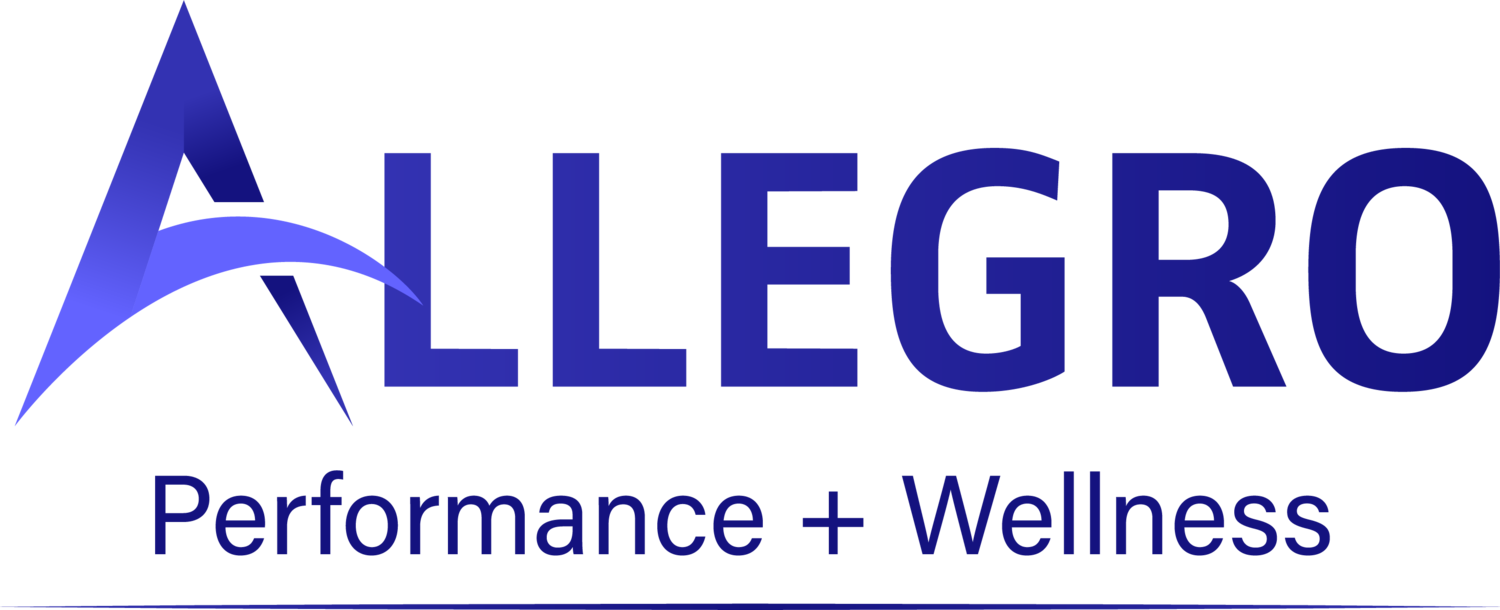
Pre-Pointe Assessment Toolkit
Progressing to pointe work is considered a rite of passage for many young (and not so young!) aspiring dancers. However, it does not come without some risks. Dancing in pointe shoes increases the forces placed on the foot by up to 12x body weight, and if progressed too soon can lead to increased risk of pain and injury.
Historically, dancers were thought to be ready to start training en pointe at 12 years of age. However, with advances in dance science, it is now known that there are many complex factors besides chronological age which can help to determine when it is safe for a dancer to progress en pointe. Their maturity, dance history, chronological age, musculoskeletal maturity, and motor development all play into the decision.
As a dance teacher, knowing when it is safe to progress a dancer to pointe work is a complicated and sometimes stressful process. External pressure from dancers, dance parents, other dance teachers, and the dance industry itself can have you second guessing your decision.
The Pre-Pointe Assessment Toolkit takes the guess work out of knowing when a dancer is ready to progress. Based on the latest science and research, this comprehensive assessment gives you objective information to make the best decision for your dancer.
The toolkit is an easy-to-use guide that takes you through the who, what, when where and why of pre-pointe assessment. Included you’ll find:
Comprehensive overview of how to conduct a pre-pointe assessment
Downloadable assessment sheets for both group and individual pre-pointe assessments
Instructional videos for each of the assessment tasks
Progressing to pointe work is considered a rite of passage for many young (and not so young!) aspiring dancers. However, it does not come without some risks. Dancing in pointe shoes increases the forces placed on the foot by up to 12x body weight, and if progressed too soon can lead to increased risk of pain and injury.
Historically, dancers were thought to be ready to start training en pointe at 12 years of age. However, with advances in dance science, it is now known that there are many complex factors besides chronological age which can help to determine when it is safe for a dancer to progress en pointe. Their maturity, dance history, chronological age, musculoskeletal maturity, and motor development all play into the decision.
As a dance teacher, knowing when it is safe to progress a dancer to pointe work is a complicated and sometimes stressful process. External pressure from dancers, dance parents, other dance teachers, and the dance industry itself can have you second guessing your decision.
The Pre-Pointe Assessment Toolkit takes the guess work out of knowing when a dancer is ready to progress. Based on the latest science and research, this comprehensive assessment gives you objective information to make the best decision for your dancer.
The toolkit is an easy-to-use guide that takes you through the who, what, when where and why of pre-pointe assessment. Included you’ll find:
Comprehensive overview of how to conduct a pre-pointe assessment
Downloadable assessment sheets for both group and individual pre-pointe assessments
Instructional videos for each of the assessment tasks
